What Type of Tree is This?
Trester
9 years ago
Related Stories

GARDENING GUIDESTree Care: Common Tree Diseases and What to Do About Them
Learn to recognize trees that may be affected by diseases or pests so you can quickly take action
Full Story
GARDENING GUIDESGreat Design Tree: Australian Tea Tree
A living sculpture with an unmistakable appearance, this coastal native creates an intriguing landscape scene
Full Story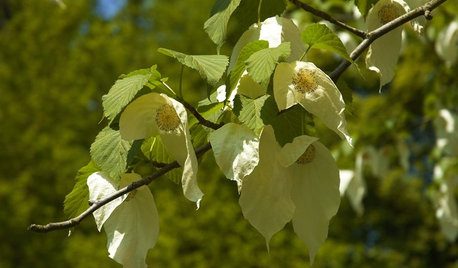
GARDENING GUIDESGreat Design Tree: The Dove Tree
With distinctive fluttery flowers and a height that towers over the landscape, the dove tree provides a respite from the summer sun
Full Story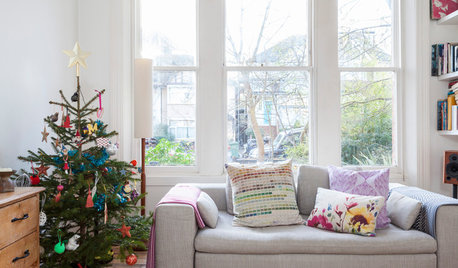
HOLIDAYSHouzz Call: Show Us Your Christmas Tree!
We’d love to see how you make your tree your own. Please show us your best photo and tell us about your traditions
Full Story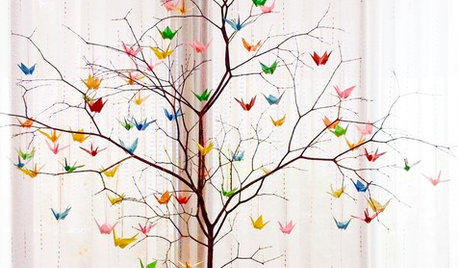
HOUZZ CALLShow Us Your Christmas Tree!
Are you proud of your holiday handiwork? Share a well-lighted picture of your decorated tree and tell us about it
Full Story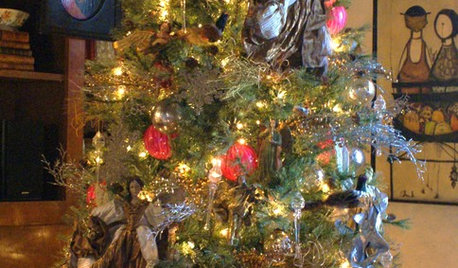
HOLIDAYSChristmas Tree Decorating the Painless Way
Holidays are for carols, not cussing. Make tree trimming less work and more fun with this guide at your side
Full Story
CHRISTMASReal vs. Fake: How to Choose the Right Christmas Tree
Pitting flexibility and ease against cost and the environment can leave anyone flummoxed. This Christmas tree breakdown can help
Full Story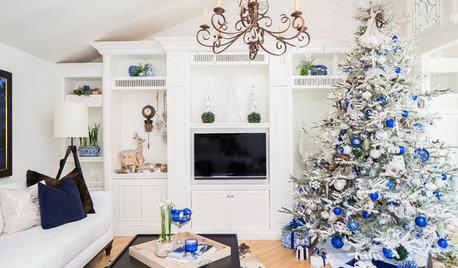
CHRISTMAS TREESShow Us Your Merry and Bright Christmas Tree
Fa la ooh la la! As we dash through the snow toward the holiday, we want to see your decked-out tree
Full Story
HOLIDAYSHow to Care for Your Christmas Tree
Keep your tree looking lush until the last ornament is packed away with these tips for watering, using stands and more
Full Story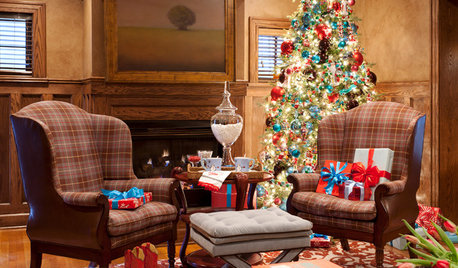
HOUZZ CALLShow Us Your Christmas Tree!
We want to see your holiday tree all dressed up for the season! Please show us your best photo and tell us all about it
Full Story





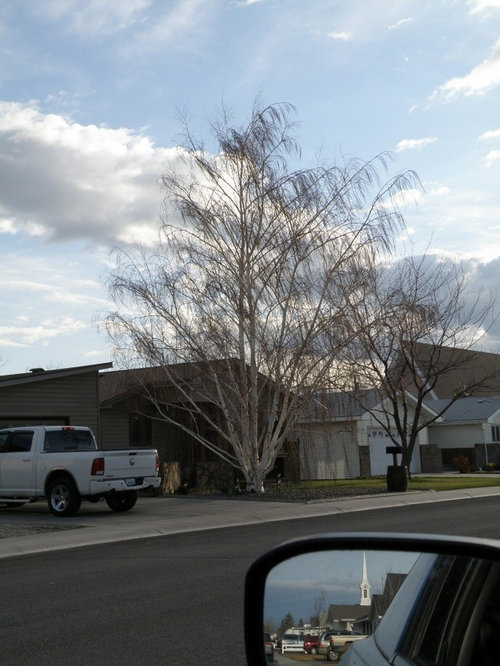

arbordave (SE MI)
hrvk
Related Professionals
Saint Louis Park Landscape Architects & Landscape Designers · Salem Landscape Contractors · Americus Landscape Contractors · Cincinnati Landscape Contractors · Fort Atkinson Landscape Contractors · Harvey Landscape Contractors · Nutley Landscape Contractors · Pahrump Landscape Contractors · Oak Creek Siding & Exteriors · Philadelphia Siding & Exteriors · Solana Beach Decks, Patios & Outdoor Enclosures · Fort Lee Decks, Patios & Outdoor Enclosures · Grain Valley Decks, Patios & Outdoor Enclosures · Olathe Decks, Patios & Outdoor Enclosures · Prichard Decks, Patios & Outdoor Enclosuresken_adrian Adrian MI cold Z5
Embothrium
wisconsitom
floral_uk z.8/9 SW UK
TresterOriginal Author
wisconsitom
floral_uk z.8/9 SW UK
arbordave (SE MI)
floral_uk z.8/9 SW UK
Huggorm
arbordave (SE MI)
arbordave (SE MI)
wisconsitom
Embothrium
floral_uk z.8/9 SW UK
floral_uk z.8/9 SW UK
floral_uk z.8/9 SW UK
shillanorth Z4 AB
shillanorth Z4 AB
shillanorth Z4 AB
TresterOriginal Author
Huggorm
shillanorth Z4 AB
Embothrium
shillanorth Z4 AB